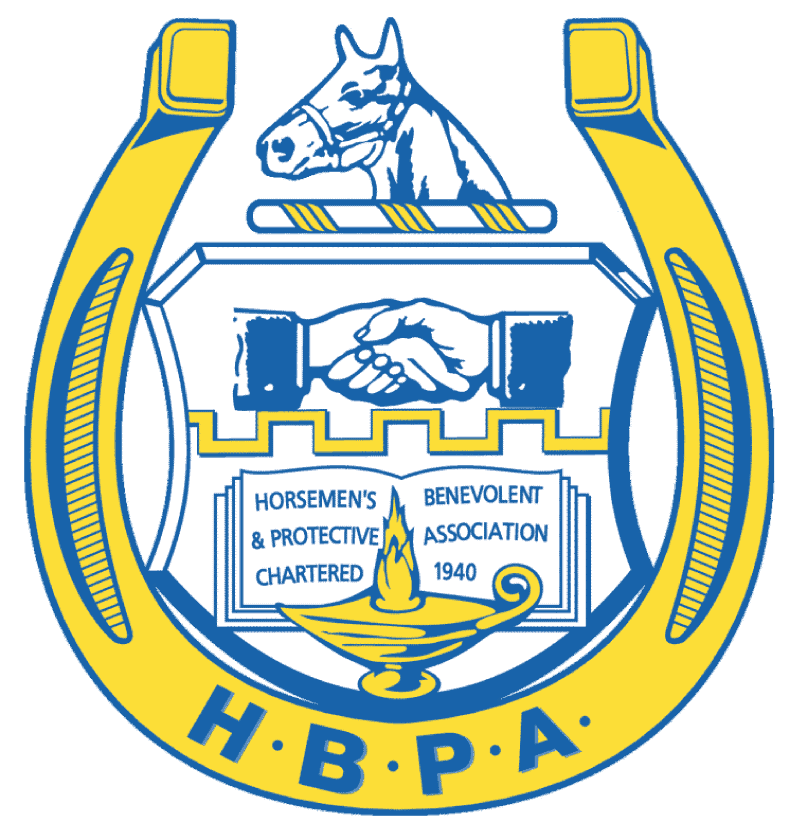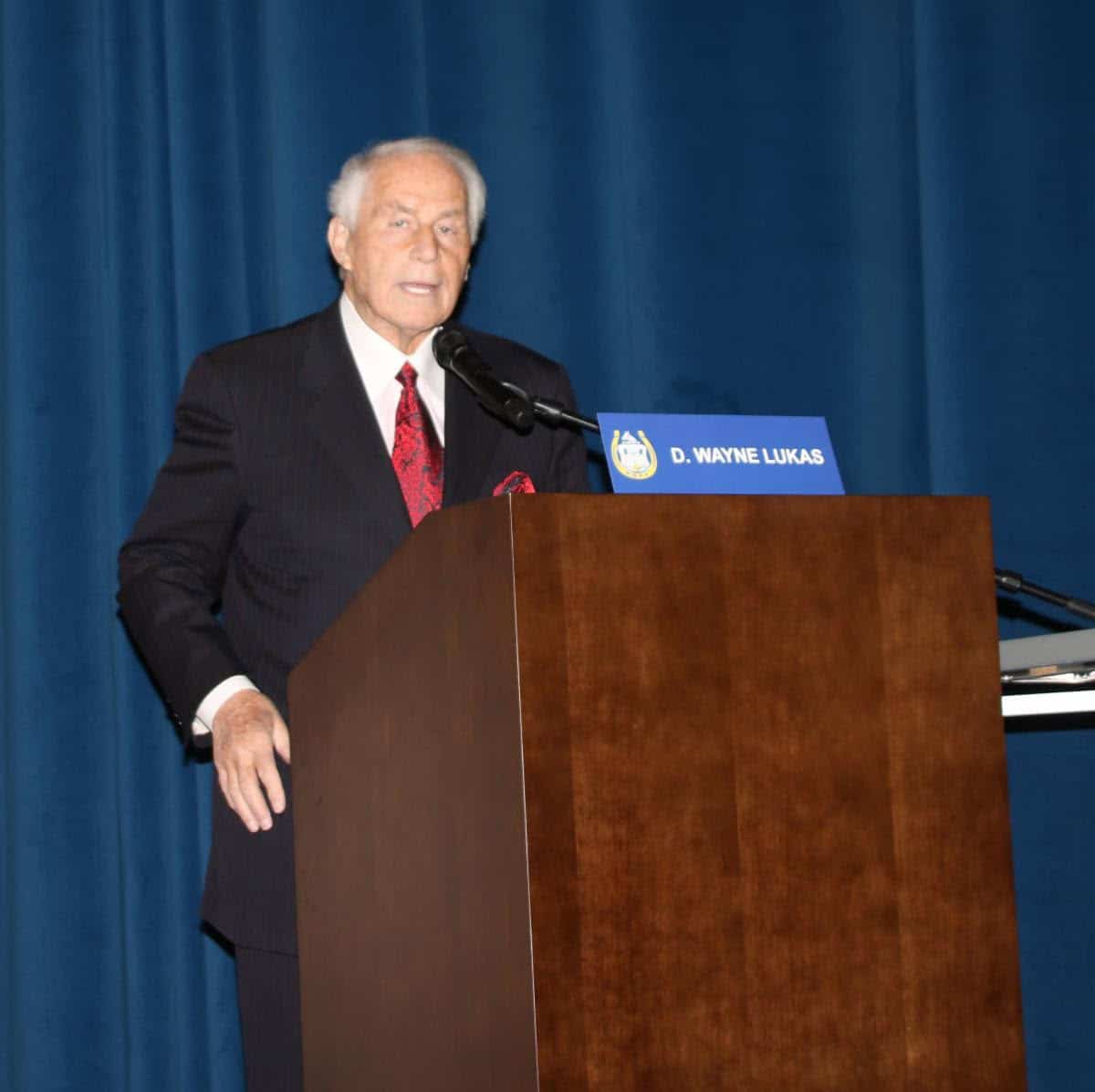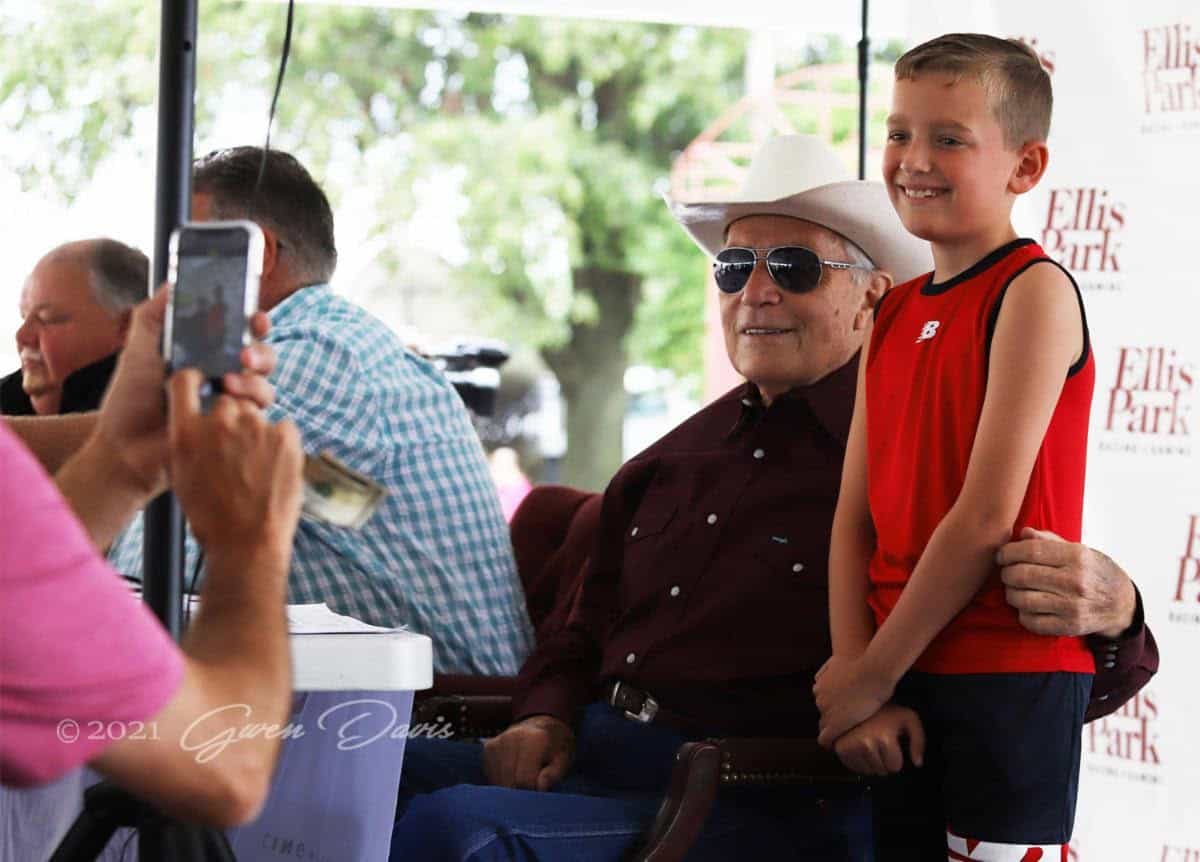Regulation of Cobalt Slowly Moving Forward
Blood-Horse
The Racing Medication and Testing Consortium may be close to recommending policy on the endogenous element cobalt, which when administered in high doses is believed to enhance production of red blood cells.
In a related matter, the Indiana Horse Racing Commission March 10 adopted emergency regulations for regulation of cobalt in Thoroughbred, Quarter Horse, and Standardbred racing.
RMTC executive director Dr. Dionne Benson told the IHRC the organization, through its scientific advisory committee, is looking at a tiered approach to cobalt regulation. She said the committee has discussed a testing threshold of 25 parts per billion, the amount currently used in Indiana.
Benson said she hopes the recommendation will be ready to present to the Association of Racing Commissioners International during its convention, which begins April 21.
Benson noted, however, that studies on about 1,400 racehorses showed about 60% of them with cobalt levels under 10 parts per billion, and many others in the 10-20 parts per billion range. She also said research in Kentucky in which non-racing horses were administered cobalt salts at repeated levels made them “sweaty, colicky, and uncomfortable.”
“The purpose of the research was to see if there is any impact on red blood cell production,” Benson said. “We look at it from the horse welfare and safety aspect.”
Common supplements contain cobalt, but they aren’t believed to be health-threatening or performance-enhancing.
Benson said detailed supporting information still isn’t available from a study commissioned by the United States Trotting Association. It suggested a threshold of 70 parts per billion. She said many jurisdictions are waiting for an accepted industry standard before they adopt regulations.
Under the new emergency rules in Indiana, cobalt will be considered category B for penalties, down from category A, whether it is found through post-race testing or out-of-competition testing. Levels under 50 parts per billion will carry mitigating factors and levels over 100 parts per billion will carry aggravating factors in rulings.
Horses that test over 100 parts per billion will be placed on the vet’s list for a minimum of 30 days. In addition, cobalt will become part of Indiana’s out-of-competition testing regimen.
Representatives of the state’s three racing breeds said they support the new regulations.
“We think it’s a step in the right direction,” said Mike Brown, executive director of the Indiana Horsemen’s Benevolent and Protective Association. “They are workable rules and we like the flexibility. In terms of the science, we believe the level at which cobalt is performance-enhancing has not been established, and the level at which cobalt becomes harmful has not been established.”
The IHRC also approved a contract with Truesdail Laboratories to serve as its drug-testing lab for 2015 after requests for proposal were examined. IHRC executive Joe Gorajec said $100,000 would be set aside for an audit lab, which will be Industrial Laboratory, to monitor testing proficiency.
Gorajec said Indiana plans to double its number of out-of-competition tests to about 500 this year, and will use another $50,000 to pay for cobalt testing. He said it will cost $50 per sample just to test for cobalt, while it costs $100 to test for about 1,800 substances in the medication library.
“We won’t be doing cobalt testing on every sample we send to the lab because we simply can’t afford it,” said Gorajec, who noted about 20% of samples will be tested for cobalt concentrations.





